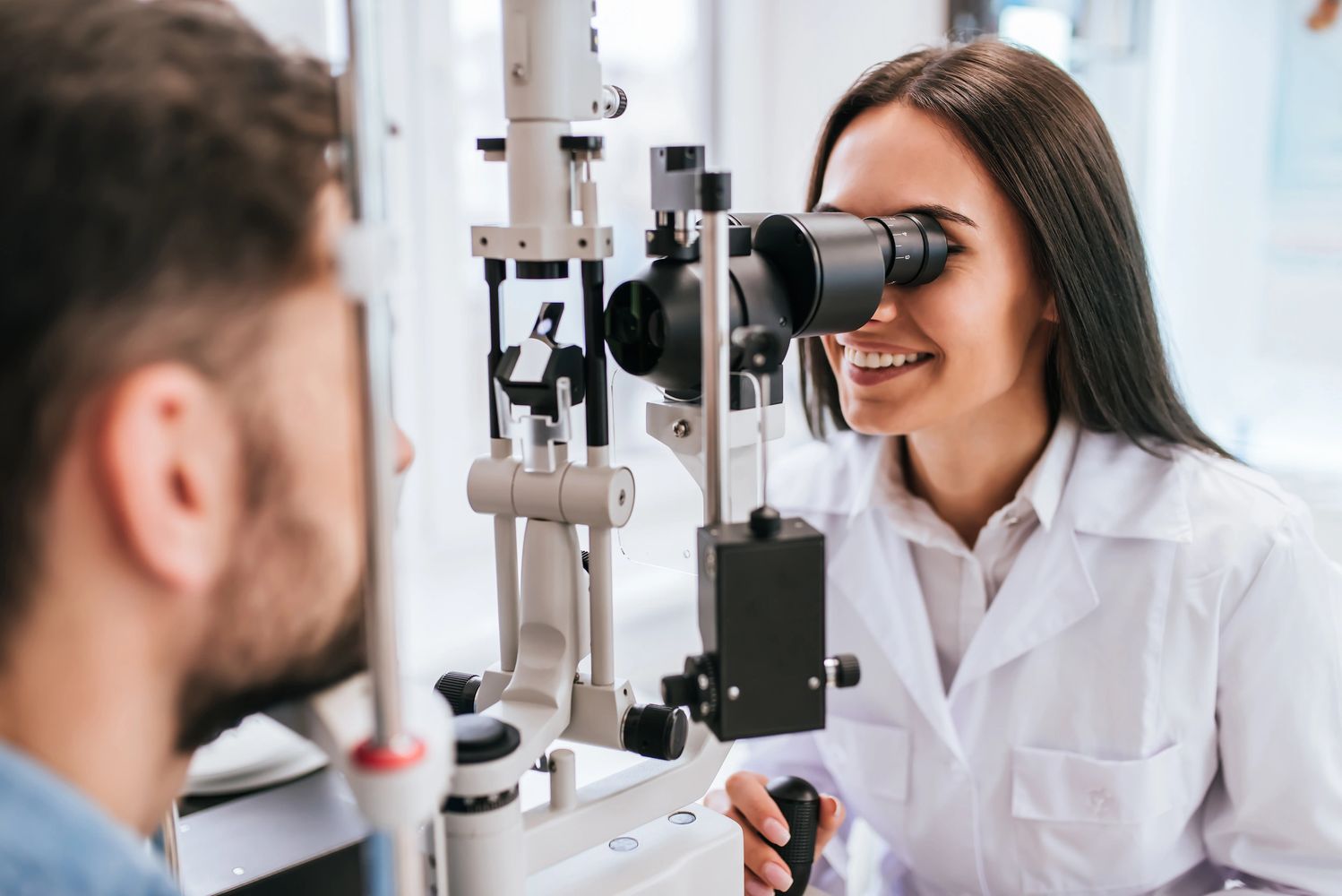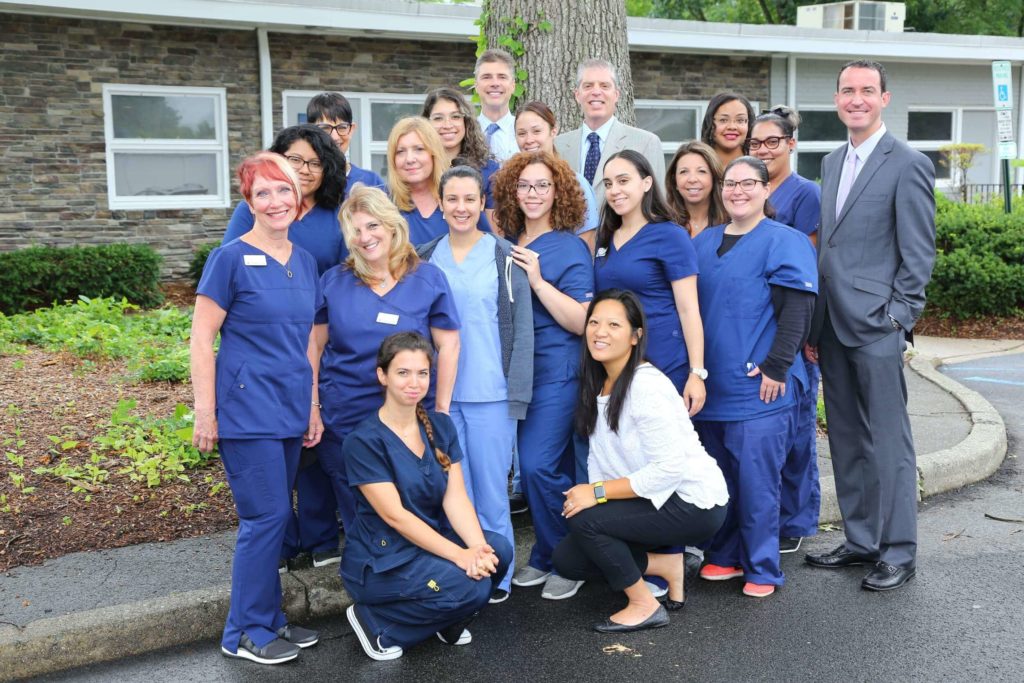Discover the Best Eye Center Andalusia: Advanced Vision Solutions
Discover the Best Eye Center Andalusia: Advanced Vision Solutions
Blog Article
Recognizing the Various Vision Modification Procedures Available for Clearer Sight
In the realm of vision correction procedures, a plethora of options exist to attend to refractive mistakes and give people with clearer sight. Allow's explore the intricacies of these treatments and shed light on the path to attaining enhanced vision clearness (Cardiologist Andalusia).
LASIK Surgical Procedure
LASIK surgical treatment is a common refractive treatment used to fix vision problems such as nearsightedness, farsightedness, and astigmatism. This surgical technique, which stands for Laser-Assisted in Situ Keratomileusis, intends to improve the cornea to boost just how light is concentrated on the retina, ultimately boosting vision clarity.
One of the primary benefits of LASIK surgical treatment is the fast enhancement in vision experienced by individuals. Several people notice a considerable improvement in their eyesight promptly after the procedure. Additionally, the majority of clients report marginal pain and pain during the surgery and healing period. The recuperation time for LASIK is reasonably fast, with lots of individuals going back to their daily activities within a day or more post-operation. On the whole, LASIK surgical procedure is a preferred selection for people seeking a long-term option for their vision problems.
PRK Treatment

PRK is a suitable choice for people with slim corneas or those at a greater risk of eye injuries, as it does not entail producing a corneal flap. The healing procedure for PRK is somewhat longer contrasted to LASIK, as the epithelium needs time to regenerate. Clients might experience discomfort and fuzzy vision for a couple of days following the procedure.
In spite of the longer recuperation time, PRK can yield outstanding outcomes in vision improvement, making it a valuable alternative for those who may not be ideal prospects for LASIK surgery. - Neurologist Andalusia
Implantable Lenses
In comparison to PRK where the cornea is improved directly, implantable lenses offer an additional technique for fixing vision by putting artificial lenses inside the eye. This treatment is especially advantageous for people with high levels of nearsightedness, astigmatism, or farsightedness who might not be ideal prospects for laser surgical treatments like LASIK or PRK.
Implantable lenses, likewise called phakic intraocular lenses, work by supplementing the eye's all-natural lens with a fabricated one. These lenses can be put in front of the natural lens (anterior chamber) or behind the iris and in front of the natural lens (posterior chamber) By readjusting the power and positioning of these lenses, eye doctors check my source can successfully fix refractive mistakes and improve aesthetic acuity.
One benefit of implantable lenses is that they are detachable and exchangeable, supplying flexibility for future adjustments. However, as with any operation, there are dangers involved, such as infection or cataract formation. Clients considering implantable lenses must speak with an eye care specialist to identify the most appropriate alternative based upon their you can check here individual requirements and eye health.
Corneal Rings

The treatment for placing corneal rings is minimally intrusive and reasonably quick, typically carried out as an outpatient procedure. During the surgical treatment, the ophthalmologist makes a little laceration in the cornea and inserts the rings at a specific depth. Once in position, the rings help to reshape the cornea, offering a smoother surface for light to get in the eye, which can result in more clear vision.
Corneal rings are taken into consideration a relatively easy to fix procedure, as they can be removed or changed if required. While they may not totally eliminate the demand for glasses or call lenses, corneal rings can considerably enhance vision high quality and total visual convenience for people with keratoconus or other corneal irregularities.
Refractive Lens Exchange
Following the improvement of corneal abnormalities his response with treatments like corneal rings, another vision adjustment technique that can deal with refractive errors is Refractive Lens Exchange (RLE) RLE is a surgery that entails replacing the eye's natural lens with a man-made intraocular lens (IOL) to correct refractive errors such as nearsightedness, farsightedness, and presbyopia. This treatment is particularly useful for people who may not be suitable candidates for procedures like LASIK or PRK due to factors such as thin corneas or high refractive mistakes.
RLE belongs to cataract surgical treatment, as both entail removing the eye's all-natural lens; nonetheless, in RLE, the lens is clear, not gloomy as in cataracts. The synthetic lens dental implanted during RLE can be personalized to deal with the person's particular refractive error, supplying clear vision at different distances. Recovery time for RLE is relatively quick, and individuals can expect better vision not long after the treatment. Similar to any type of operation, prospective threats and complications exist, so an extensive assessment with an eye care expert is crucial to figure out if RLE is the appropriate vision improvement alternative.
Conclusion

In the world of vision improvement procedures, a multitude of alternatives exist to resolve refractive mistakes and give individuals with clearer view.LASIK surgical treatment is an usual refractive treatment utilized to fix vision problems such as astigmatism, nearsightedness, and farsightedness.While additionally a typical refractive treatment, the PRK (Photorefractive Keratectomy) method varies from LASIK surgical procedure in its strategy to correcting vision problems.Adhering to the adjustment of corneal irregularities with procedures like corneal rings, another vision improvement technique that can address refractive errors is Refractive Lens Exchange (RLE) LASIK surgical treatment, PRK treatment, implantable lenses, corneal rings, and refractive lens exchange are all options that can address various vision issues.
Report this page